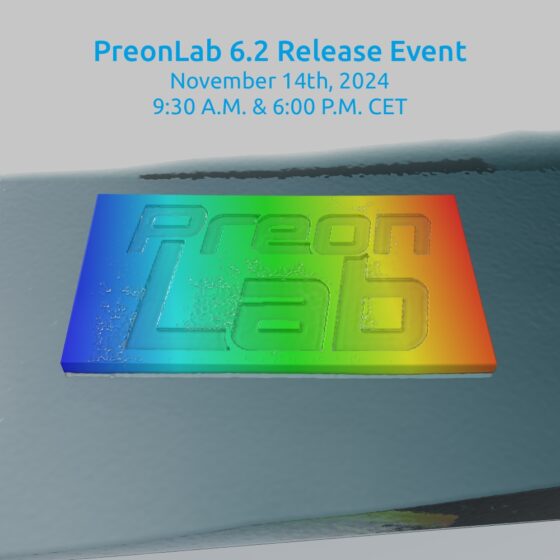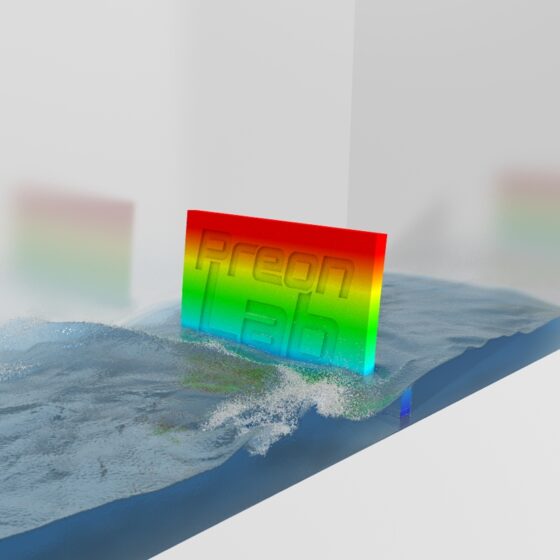CUDA threads seem to resemble the traditional threads on CPUs. Each thread seems to have its own state and seems to run its code independently of other threads. For the most part, it is possible to treat them just like traditional threads on the CPU. In simple examples this will even result in amazing performance results. But as soon as some branching and indirection is introduced, the performance often degrades quickly. It might even be incredibly bad and run 100 times slower than the good old CPU. This is because not all CUDA threads are independent of each other, and ignoring this will lead to terrible results.
Fortunately, there is something that CPU developers are familiar with that serves as a much better comparison. Instead of thinking of CUDA threads as threads, I find it much more helpful to compare them to SIMD on CPU. SIMD (Single Instruction, Multiple Data) allows to run the same instruction on multiple variables in parallel. For example, with AVX we can run a floating-point operation on eight 32-bit floats in parallel and retrieve 8 results. In CUDA, 32 adjacent threads are organized in a so-called “warp”. Effectively, this warp behaves very similar to AVX, only processing 32 instead of 8 variables in parallel. The main difference is that the threads in a warp are much more flexible because they can handle branching. If there is a branch and only one thread wants to enter it, the other threads will just wait for it and then resume execution together (side note: this is not strictly accurate since independent thread scheduling but in terms of performance it is still valid to think of warps this way). This way, the threads in a warp “feel” like proper threads, but good performance is only achieved if the threads spend most of the time executing the same instructions. The ability to handle branching is still extremely useful. With SIMD, it is annoying to work around branching manually and it often involves unreadable code that is hard to maintain. On GPU, a bit of branching is no problem if the code quickly reconverges. This way, it is possible to write much cleaner code that still runs fast. This kind of programming model is called SIMT (Single Data, Multiple Threads) and honestly, I don’t want to go back to SIMD!
Another difference between CUDA threads and CPU threads is memory bandwidth. If possible, CUDA threads in a warp should access memory in a coalesced way to maximize bandwidth. For example, if thread 1 writes an integer to an address in global memory, thread 2 should write to the integer right next to this address. On CPU, this behavior is actively discouraged because it can lead to a problem called false sharing.
Of course, parallelization in GPUs does not only take place within a warp. Warps in turn are organized in thread blocks which are executed in parallel. This kind of parallelization is much more similar to what we know from CPU threads.



